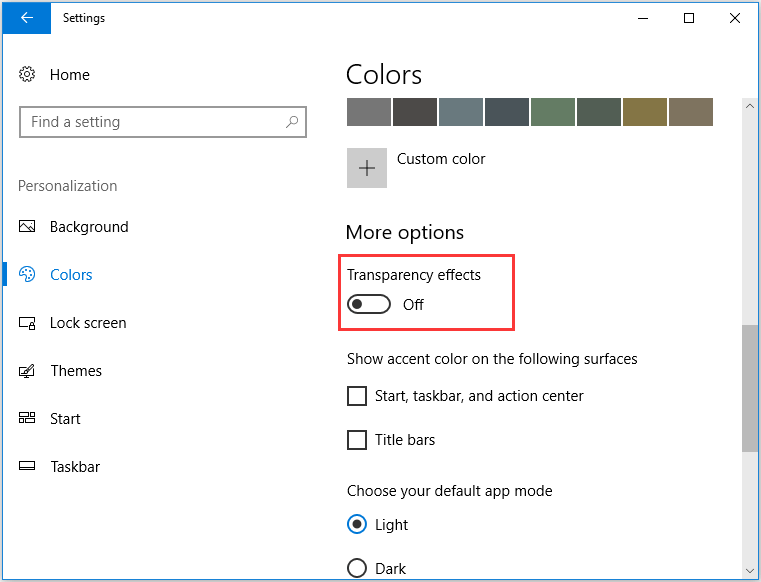
 System running for a long time without a reboot. Due to hardware conflicts and outdated drivers. Well, the list won’t cover all the reasons but it gives you a head start on understanding the slow performance issues on Windows 10/8/7. These are some of the common reasons that may help you to understand what causes Windows 10 very slow and unresponsive. Try the below-given list of solutions to resolve Windows 10 slow issue.īut first check out what causes your Windows 10 slow to respond, to fix slow and freezing computer easily. Well, the reasons vary with different users. No matter which problem is bothering your Windows 10 performance and making it running slow or slow to respond. However, some users reported after updating their Windows 10 computer it became very slow and unresponsive. Therefore, check for updates, as your Windows 10 computer may be slow due to lack of updates.Well, the Windows operating system somehow becomes slow and even unresponsive after some time.
System running for a long time without a reboot. Due to hardware conflicts and outdated drivers. Well, the list won’t cover all the reasons but it gives you a head start on understanding the slow performance issues on Windows 10/8/7. These are some of the common reasons that may help you to understand what causes Windows 10 very slow and unresponsive. Try the below-given list of solutions to resolve Windows 10 slow issue.īut first check out what causes your Windows 10 slow to respond, to fix slow and freezing computer easily. Well, the reasons vary with different users. No matter which problem is bothering your Windows 10 performance and making it running slow or slow to respond. However, some users reported after updating their Windows 10 computer it became very slow and unresponsive. Therefore, check for updates, as your Windows 10 computer may be slow due to lack of updates.Well, the Windows operating system somehow becomes slow and even unresponsive after some time. 
Often, users ignore the reminders on Windows 10 that a system update is required and set it aside for later.

Carefully read the article and you will definitely find a great solution to your problem. The following are good methods for fixing the problem of Windows 10 being slow.
Disruption of computer cooling processes. There are problems with the hard disk (it is damaged or fragmented). The hard disk is overloaded with information. The computer has been running without rebooting for a long time. Computer damage by a virus or other malicious software. And here are the main reasons why Windows 10 may be running slow: Typically, Windows 10 runs very fast, so if it starts working slowly, it means something is wrong.







 0 kommentar(er)
0 kommentar(er)
